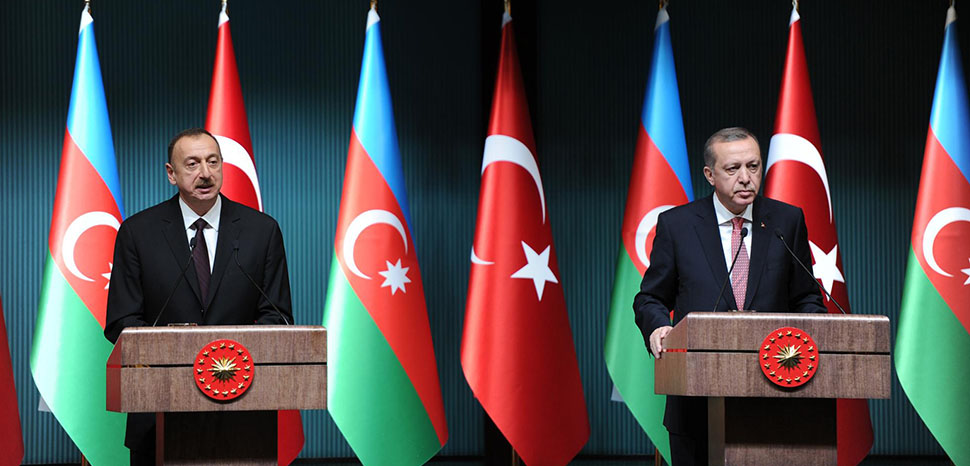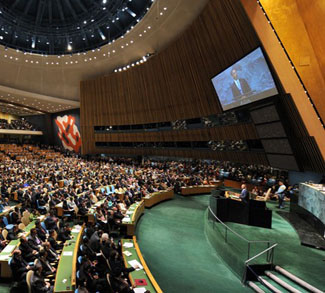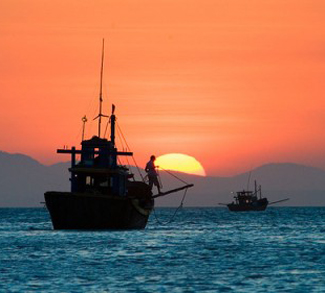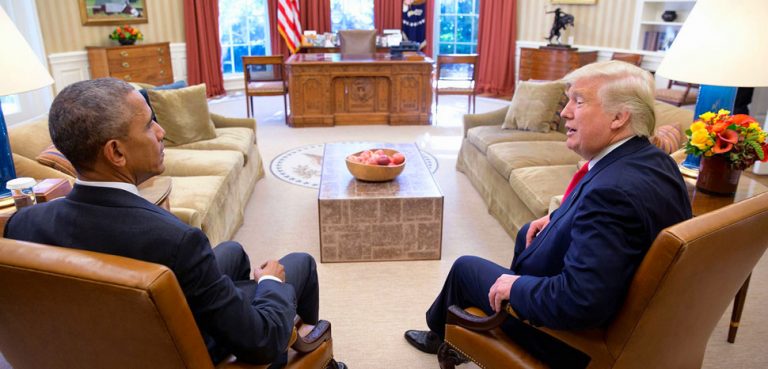The regional international system of the South Caucasus necessarily goes beyond the three countries of Armenia, Azerbaijan, and Georgia, located there. It certainly includes also Russia, Turkey, and Iran. After the Second Karabakh War (also called the “Forty-four Day War” in Azerbaijan), the idea was bruited for a “3+3” forum including them with the other three in order to establish a regional security order.
However, Georgia declined to participate in such a forum with Russia, which continues its military occupation of Georgian territory. In addition, Iran has continued to demonstrate militant hostility against Azerbaijan’s interests, and even its very existence. That is because Tehran regards its own ethnic Azerbaijani population in the northwest of the country as a weak point that Baku might exploit geostrategically, although it has not done so since becoming independent in the early 1990s.
Yet even those six countries are no longer the only actors implicated in South Caucasus regional security. To them we may add the European Union, several individual European states, the United States, and eventually China.
In addition, the Russian war of aggression against Ukraine has, along with its oncoming defeat there, thrown many cards into the air. However, it is essential not to discount Armenia’s and Azerbaijan’s autonomous agency in response to their changing international—as well as their respective domestic political and social—environment.
Indeed, the diplomatic re-orientations of Armenia and Azerbaijan have been both remarkable and remarkably counterintuitive. Let me briefly survey and contrast the most salient characteristics of each.
Armenian Regional Behaviour in Perspective
Armenia, which continually claims a Western heritage due to its Christianity, has only increased its tilt toward the anti-Western international powers—Russia, Iran, and China—that seek to destroy the current post–World War II rules-based international system, which the fall of communism in Eastern Europe and the Soviet Union reinvigorated a third of a century ago.
Earlier this year for Geopolitical Monitor I explained how Armenia was taking measures that could help Russia break sanctions. These measures include not only facilitating the immigration of Russian citizens to Armenia following the inauguration of Russia’s war of aggression against Ukraine, and making it easy for them to establish businesses in Armenia.
It now comes to light that Armenia’s trade with Russia has increased nearly 50 percent over its level a year ago. This fact raises questions about which goods are being exported from Yerevan to Moscow; and also whether foreign goods imported to Armenia are being re-exported, in violation of sanctions against Russia.
At the same time, the Iran’s Islamic Revolutionary Guard Corps (IRGC) has only been intensifying its military-industrial cooperation with Armenian economic leaders in technological and surveillance fields. And recently the deputy governor of the region in the south of the country that Armenia calls Syunik, met with the Chinese ambassador to Yerevan, in order to declare that he would welcome Chinese foreign direct investment in the region.
Azerbaijani Regional Behaviour in Perspective
Understanding Azerbaijan’s relations with Russia, Iran, and the West, on the other hand, requires greater nuance. Azerbaijan was generally perceived as Western-oriented during the 1990s and 2000s, when mainly Western energy companies first made large investments to develop its offshore hydrocarbon resources.
Russia’s war of aggression against Georgia in 2008, however, marked a turning-point in Azerbaijan’s foreign policy. The West’s failure to respond to Russia’s occupation of Georgian territory with anything other than words altered official Baku’s perception of Moscow. The pro-Armenian tilt of President Barack Obama, from the start of his first term in 2009, compounded a paralysis of US diplomacy toward the South Caucasus. Azerbaijan’s strategic shift away from the West was accentuated following Recep Tayyip Erdogan’s as reelection as Turkey’s prime minister in 2009.
But in the early 2010s, problems arose in Azerbaijan’s relations with Russia, first around the question of renewing Russia’s lease on the Gabala radar station, then around a Russian halt of Azerbaijani oil transit through the Baku-Novorossiisk pipeline. The EU’s attempt at a rapprochement with Armenia failed at about this time, and Moscow re-engaged with Baku as a warning to Yerevan. Russian arms exports to Azerbaijan grew as the West imposed formal or informal restrictions on such military sales.
Azerbaijan was very unpleasantly surprised, however, by Russia’s policy during July 2020, the military hostilities with Armenia in its Tovuz district, which preceding the Second Karabakh War by several months, when Moscow demonstrated an unmistakable tilt toward Armenia, notably through emergency military resupply, Azerbaijani public opinion was galvanized, and the country’s political elite was arguably shocked. Official Baku drew the conclusion that it could no longer count on Moscow, and that Ankara was its only true friend in the region in facing up to Yerevan.
At the same time, Azerbaijan has welcomed and contributed constructively to the peace process undertaken by the European Union since the end of last year through the good offices of Charles Michel, President of the European Council. This is the context in which President Ilham Aliyev’s recent successful trip to Italy must be seen. This trip concerned not only the possible expansion of Azerbaijan’s gas exports to Italy via the Southern Gas Corridor and Trans-Adriatic Pipeline, but moreover the wide-ranging establishment of cultural, educational, and industrial cooperation that will have geostrategic significance for both countries.
Conclusion
Armenia has been a client state of Russia since the collapse of the Soviet Union and has also closely cooperated with the dictatorial theocracy in Iran likewise for decades. Azerbaijan, on the other hand, which is misleadingly stereotyped, indeed “Orientalized,” in European and American journalism and public opinion, has been seeking precisely to extend its relations with Europe and the United States, in order to balance against the threats from Iran and Russia.
The South Caucasus is becoming a fault line between the two major tectonic plates of an “Anglosphere” and a “Sinosphere” in the emerging bifurcation of the international system, that will only grow more acute. At the same time, the nearer future even of the Russian Federation cannot be taken for granted, and its fate will influence not only how that bifurcation evolves but also the future orientation of Armenia, which (as explained above) is only reinforcing its alignment also with Iran and China.
The future of Georgia will also play in the balance, but Baku has immensely more autonomous influence in the region and beyond that of either Tbilisi or Yerevan. The most dynamic of the three South Caucasus countries, Azerbaijan, has one and a half times the population of the other two together, and one and a half times their combined gross domestic product. Its significance will only increase further, as the de-occupied territories are being quickly economically developed, and as energy cooperation with the European Union deepens.
Robert M. Cutler is a Fellow of the Canadian Global Affairs Institute.
The views expressed in this article belong to the authors alone and do not necessarily reflect those of Geopoliticalmonitor.com




